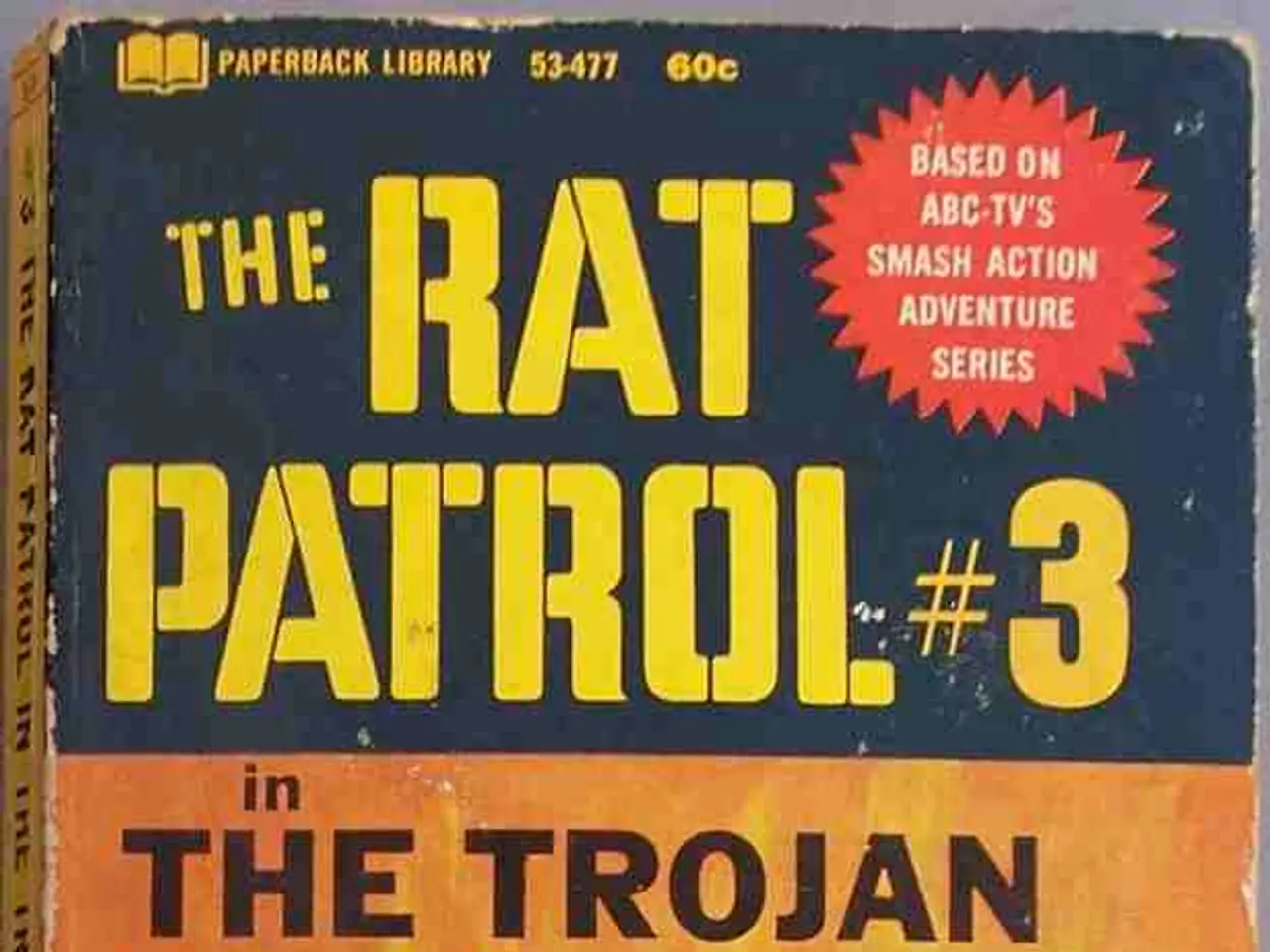Documents pertaining to Dwight D. Eisenhower
Dwight D. Eisenhower: A Pivotal Figure in World War II and Post-War History
Dwight D. Eisenhower played a significant role in World War II and continued to shape history in the decades that followed.
Role in World War II
As Supreme Commander of the Allied Expeditionary Force in Europe, Eisenhower led the Allied forces to victory in Europe. He was responsible for planning and executing key military operations, including Operation Torch, the first major amphibious assault by U.S. troops in North Africa, and Operation Avalanche, the invasion of Sicily and later mainland Italy.
Although often misconstrued, Eisenhower was not directly involved in D-Day planning. However, he was instrumental in the broader strategy of the European Theater, advocating for a "Europe First" approach to defeat Hitler before focusing on Japan.
Post-War Career
Eisenhower's post-war career was equally remarkable. In 1952, he won the Republican nomination and went on to be elected as the 34th President of the United States.
During his presidency, Eisenhower negotiated an end to the Korean War, resulting in the partition of Korea. He also developed the Eisenhower Doctrine in response to the Suez Crisis, offering U.S. military or economic aid to threatened countries without formally invoking the doctrine but acting in accordance with its principles.
Eisenhower established NASA in 1958, marking the beginning of the U.S. space program during the Cold War era. He adopted a policy of "massive retaliation," which relied on nuclear deterrence to counter Soviet aggression without engaging in costly conventional wars.
Behind the scenes, Eisenhower worked to undermine Senator Joseph McCarthy's accusations of communist infiltration within the U.S.
Notable Actions and Accomplishments
- Eisenhower successfully invaded France and Germany from the Western Front in 1944-45.
- He planned and supervised the invasion of North Africa in Operation Torch in 1942-43.
- On June 7, 1944, Eisenhower observed air activity from a warship in the English Channel during the D-Day invasion.
- In 1951, he became the first supreme commander of NATO.
- The comprehensive edition of Eisenhower's papers is complete in 21 volumes.
Image Information
The image depicts Eisenhower observing air activity during the D-Day invasion and is from the Dwight D. Eisenhower Presidential Library's collection. It can be found at the Johns Hopkins University website (http://eisenhower.press.jhu.edu/).
[1] Miller, D. E. (1995). Eisenhower: A Life. Simon and Schuster. [2] Sherman, H. H. (1989). A World Transformed. Knopf. [3] Ambrose, S. E. (1983). Eisenhower: Soldier and President. Simon and Schuster. [4] Hewlett, R. L., & Anderson, O. (1962). The New World, 1939-1946. University of California Press. [5] Witcover, J. (2003). The Year the Dream Died: How the Presidency of John F. Kennedy Became a Tragedy. Carroll & Graf.
Eisenhower's role in World War II extended beyond the D-Day operations, as he planned and supervised the invasion of North Africa in Operation Torch and successfully invaded France and Germany from the Western Front in 1944-45.
Post-War, Eisenhower's political career saw him negotiate an end to the Korean War, develop the Eisenhower Doctrine, establish NASA, and adopt a policy of "massive retaliation."








